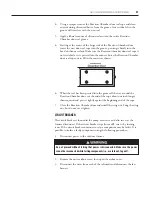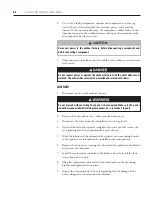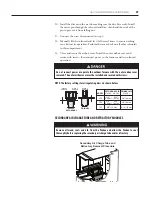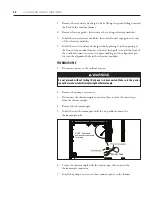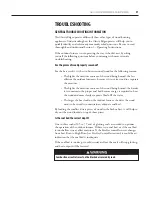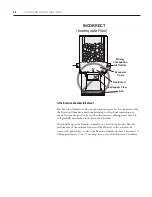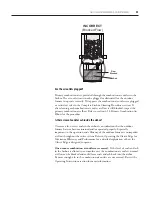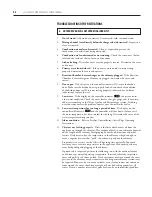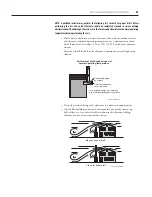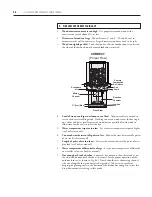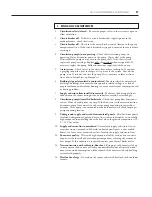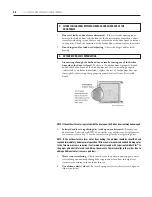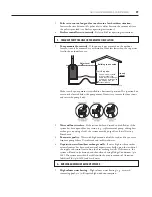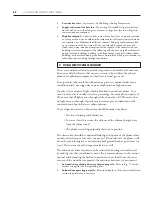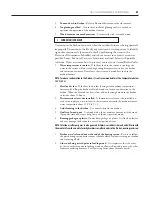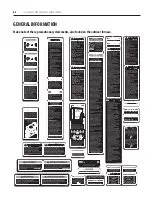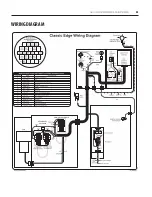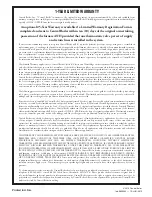
61
CLASSIC EDGE OUTDOOR FURNACE • OWNER'S MANUAL
3. Too much ash in firebox - Refer to Routine Maintenance for ash removal.
4. No glowing coal bed - One to three inches of glowing coals are needed to
optimize the operation of the outdoor furnace.
5. Wood contains too much moisture - Use correctly sized, seasoned wood.
I. CORROSION IS PRESENT
Corrosion in the firebox can occur when the outdoor furnace is being operated
improperly. To maximize the life of your investment, it is important to identify
signs of corrosion early (you can do this by performing the items in the
Preventive Maintenance Schedule) and take measures to correct it as soon as
possible. Some, but not all, causes of corrosion are listed below with possible
solutions. If you are unsure how to proceed, contact your Central Boiler dealer.
1. Water temperature is too low - If the heat load in the system is too large, the
water in the system will not reach high enough temperatures to dry the firebox
and corrosion can occur. Re-evaluate the system and match heat load to the
outdoor furnace.
NOTE: To reduce condensation in the firebox, it is not recommended to set the temperature below
185˚F (85˚C).
2. Heat load is low - If the heat load is low (during warm outdoor temperatures,
for example), filling the firebox full with wood can lead to condensation in the
firebox. When the demand for heat is low, add only enough wood to the firebox
to last for about 12 hours.
3. Thermostatic valve is not installed - A thermostatic valve must be installed on
each set of supply and return lines in the system to maintain the outdoor furnace
water temperature above 150˚F (65˚C).
4. Acids forming in the firebox - Use more Ashtrol in the firebox.
5. Quality of wood poor - Use wood with a lower moisture content or if the wood
is properly seasoned, it may help to try a different species of wood.
6. Burning garbage or plastic -Do not burn garbage or plastic. It is likely unlawful
and may damage the firebox in a very short period of time.
NOTE: Chloride or sulfurous gases can be generated if plastic or rubber is burned and will mix with
the moisture from the wood to form hydrochloric or sulfuric acids in the firebox, creating corrosion.
7. Firebox wasn't cleaned out at the end of the heating season - Be sure to follow
the post-heating season maintenance schedule which includes scraping out firebox
and removing all ash.
8. Ashes not being stirred prior to loading wood - It is important that the ashes
be stirred each time prior to loading wood to allow air flow and prevent the ashes
from accumulating moisture. See Operating Instructions for more details.

